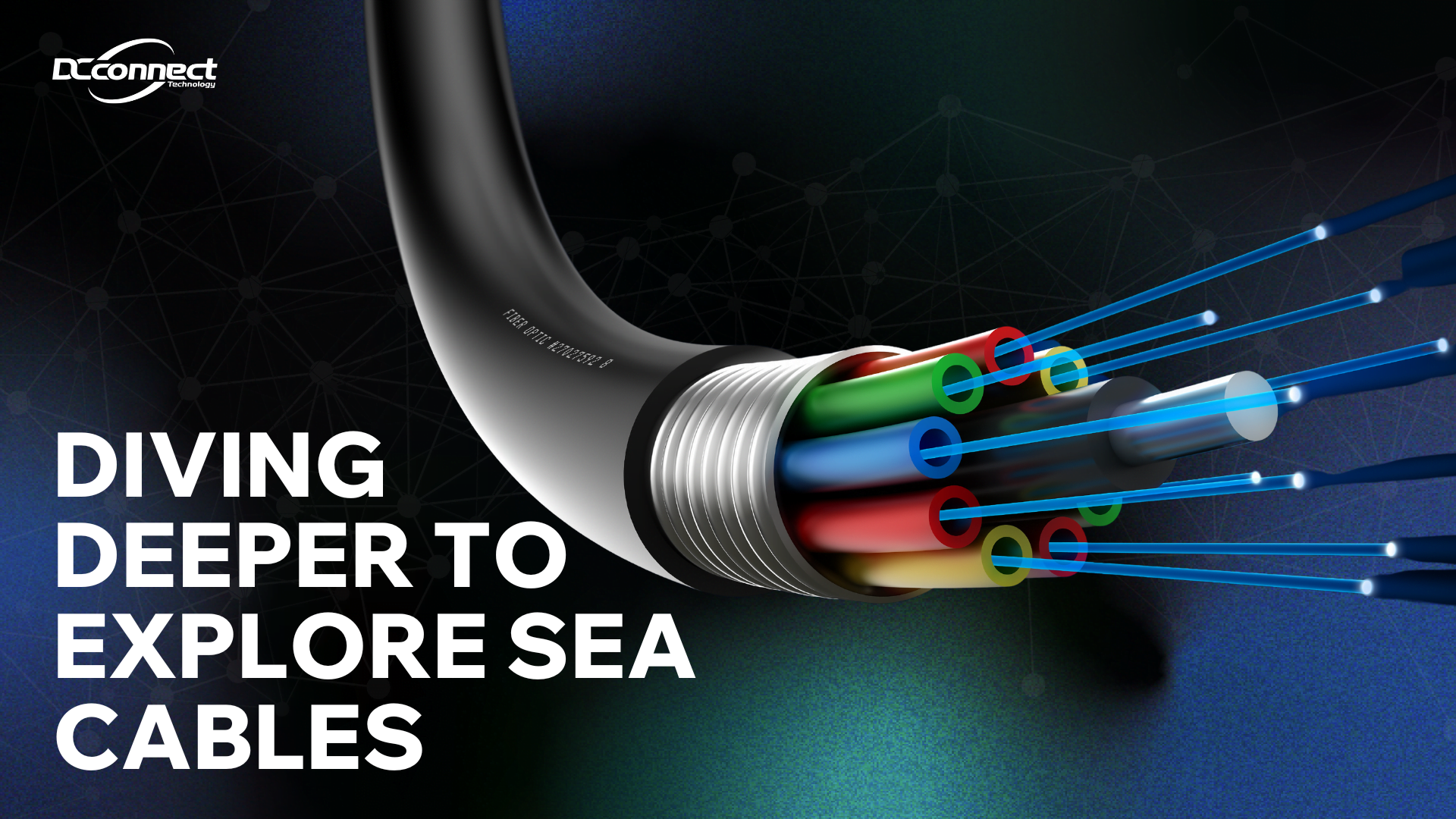
Diving Deeper to Explore Sea Cables
What comes to mind when I mention what lies beneath the sea? Perhaps images of fish, coral, or a mysterious abyss. However, there’s more to it than that – the critical infrastructure enabling us to communicate and access information. Did you know that the internet we rely on everyday traverses through an intricate network of undersea cables? So, what is sea cables? These unseen heroes form the invisible backbone of the internet, carrying the lifeblood of global communication across continents and through the deepest trenches. Data, the very currency of our digital age, coursing through a fiber optic, buried miles beneath the waves. Videos, messages, emails, financial transactions, or even your memes – all flit effortlessly across these aquatic data highways, connecting billions of people across the globe. The cables are laid using ships that are modified specifically for this purpose, transporting and slowly laying the cable infrastructure on the seabed. These special ships can carry thousands of kilometers of optical cable out to sea. A special subsea plow is also used to trough and bury submarine cables. The fact is, the total length of undersea cables is equivalent to multiple times the distance from Earth to the Moon. How do sea cables works? According to Telegeography, modern submarine cables use fiber-optic technology. Lasers on one end fire at extremely rapid rates down thin glass fibers to receptors at the other end of the cable. These glass fibers are wrapped in layers of plastic (and sometimes steel wire) for protection. Sea Cables in 2024 According to TeleGeography, as reported on the Submarine Cable website, more than 20 new undersea cables are set to be ready for service in 2024. One of the highly anticipated cables is Bifrost. Bifrost With a span of nearly 20,000km and the addition of further Asia-US capacity, Bifrost is one of two trans-Pacific submarine cables featuring Meta in the lineup, the other being the Echo system. Constructed in consortium with Telin, AMCS, and Keppel, Bifrost will include twelve fiber pairs with a current capacity of 10.4Tbps. Bifrost is one of several planned cable projects either designed or rerouted to avoid the South China Sea. This rerouting significantly increases project costs, not only due to the extra mileage required but also because the shallower waters along the new routes necessitate stronger cable armoring to prevent cuts and potential service outages Source: https://www.submarinecablemap.com/ready-for-service/2024 DCConnect continues to provide the best service, ensuring swift and premium internet and network infrastructure. This year, we secured an additional 200G from two seacables connecting Singapore to Jakarta Author Biography: Rinesa Diola Audrina, Digital Marketing DCConnect Global www.dcconnectglobal.com



